Travelers are changing how they see the world. Many are avoiding crowded resorts and choosing local stays instead. They’re picking cozy, unique spots run by locals over chain hotels. This trend is reshaping tourism.
Sustainable tourism focuses on balance. It helps local economies without straining resources. It celebrates traditions and protects them for the future. In small communities, every traveler’s choice matters. It shapes the culture and impacts the environment.
- Stay in locally-owned accommodations.
- Support small businesses and markets.
- Respect local customs and traditions.
- Choose eco-friendly transportation options.
- Minimize waste and avoid single-use plastics.
For these communities, sustainability isn’t just a trend. It’s the foundation for a better way to travel, keeping places unique and thriving for generations to come.
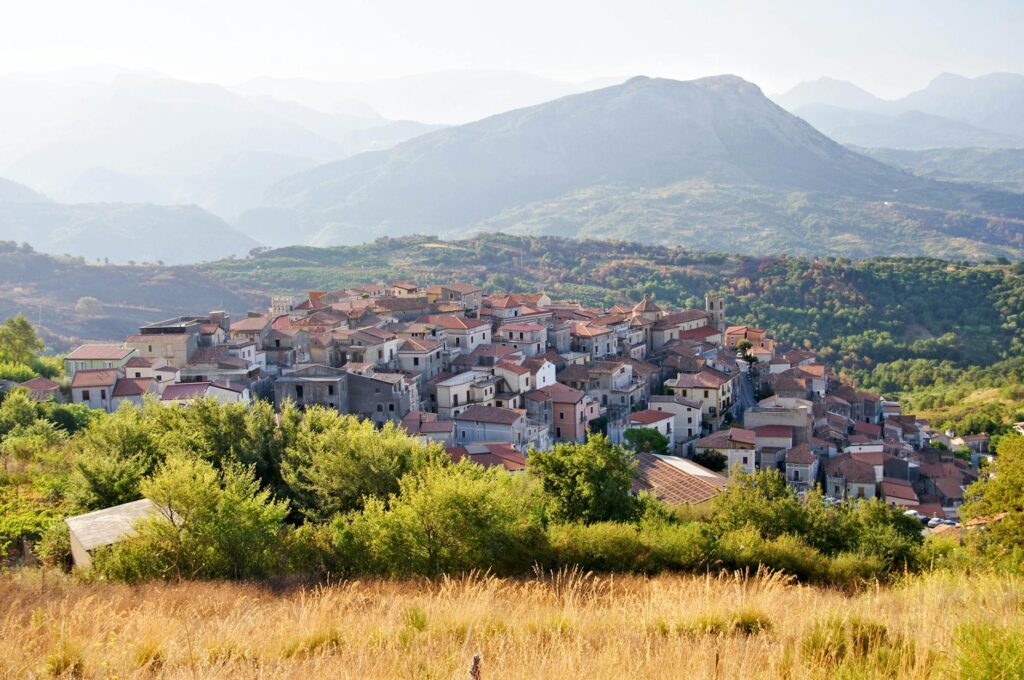
What is sustainable tourism in small communities?
Sustainable tourism in small communities involves more than protecting nature. It’s about supporting local people and culture. Choosing a village homestay instead of a big resort makes a real difference. It’s thoughtful and aligns with local needs.
Supporting local economies with responsible travel
At its core, sustainable tourism directly supports small communities by fueling their local economies. Forget the mega-corporations—think of the mom-and-pop eateries or the craft shops selling handwoven scarves.
- Tourists spending locally means businesses thrive without outside ownership.
- Reduced “leakage,” where the profit leaves the community.
- Local tourism jobs promote skills and long-term income stability.
When money stays within the community, it creates a ripple effect. A single tourist’s dollar can boost households and help fund community projects like schools or health clinics.
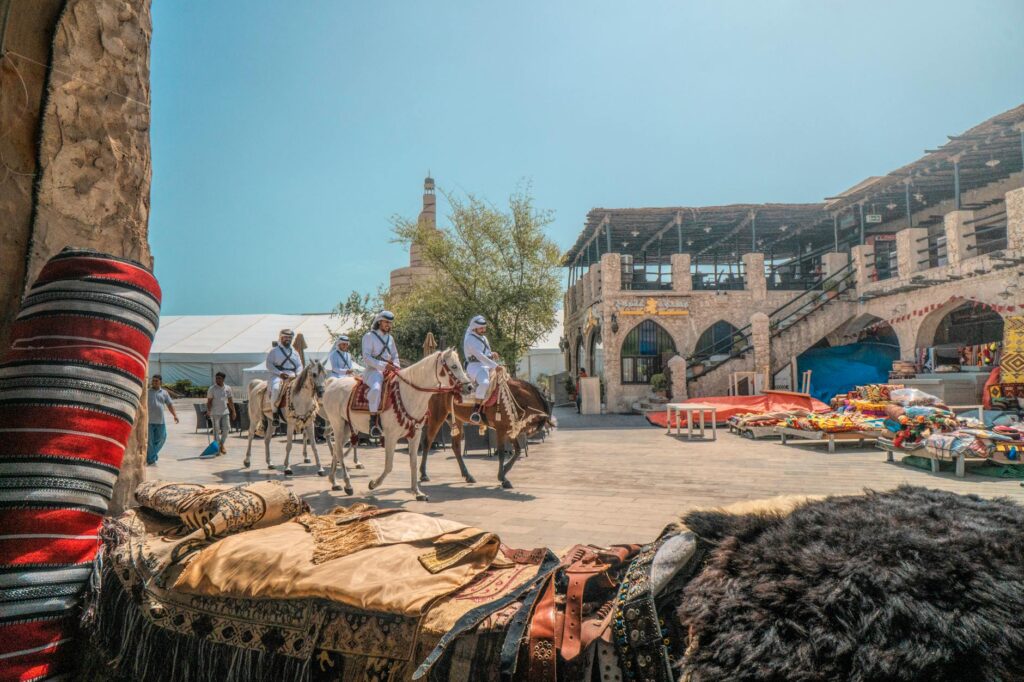
Cultural preservation through mindful tourism
Cultural preservation supports sustainable tourism. A community’s identity relies on its traditions, language, and art. Tourists can help by choosing experiences that celebrate these elements.
- Guided storytelling or workshops hosted by elders
- Buying authentic, locally made goods over cheap imports
- Participating in traditional events respectfully, not as spectators
Tourism development here becomes a win-win: tourists gain meaningful experiences, and locals sustain their heritage. And honestly, isn’t that the kind of travel memory worth keeping?
Balancing environmental impact with tourism needs
In small communities, the line between thriving and overburdened can be thin. Which is why environmental respect is non-negotiable. These places often rely on natural resources as much as their charm.
Simple measures make a big impact:
- Composting food waste in guesthouses
- Using bikes or walking tours to minimize transportation pollution
- Supporting eco-conscious accommodations
For travelers interested in staying in such places, platforms likeBooking.com’s affiliate program make finding sustainable stays easier.
The benefits of sustainable tourism for small communities
Sustainable tourism is about helping small communities grow while protecting their culture, economy, and environment. It turns hidden gems into thriving places without sacrificing their heritage or nature.
Economic diversification and job opportunities
Small communities often depend on industries like agriculture, fishing, or mining, which can be unstable. Sustainable tourism provides a solution. It creates new income sources, reducing reliance on these fluctuating industries. More income streams bring more stability.
- Local guesthouses and homestays create hospitality jobs.
- Tour operators and guides share their expertise while earning a steady income.
- Craftspeople gain new markets for their handmade goods.
A small coastal village could shift from seasonal fishing to year-round eco-tours, creating jobs and reducing outmigration. Tools likeBooking.com’s affiliate program help communities promote sustainable travel and connect with like-minded visitors.
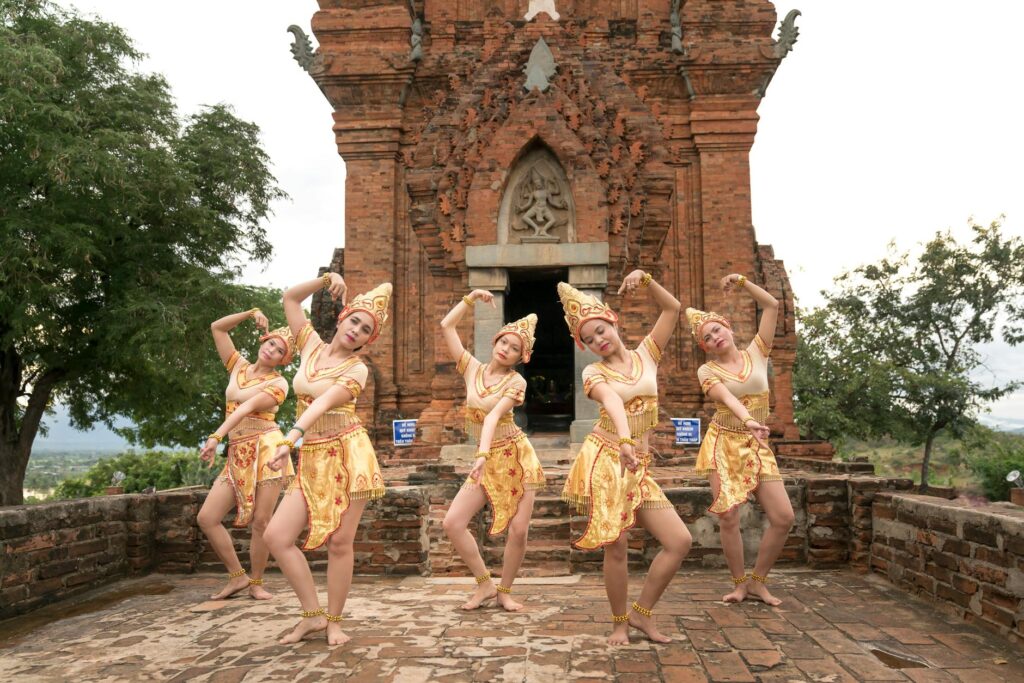
Preserving local culture and traditions
Done right, tourism becomes more than sightseeing—it tells a story. Sustainable tourism preserves culture, supporting traditions while giving travelers authentic experiences and communities the resources to keep them alive.
- Traditional dance performances or craft workshops showcase local talent.
- Farmers and artisans see value in continuing traditional practices.
- Festivals, ceremonies, and language preservation become focal experiences.
It’s not just about attention—it’s about connection. A mountain weaving group might share their designs with tourists, blending tradition with experience. Tourists leave inspired, and locals keep their culture alive.
Environmental conservation and infrastructure development
Sustainable tourism balances enjoying nature and protecting it. In small communities near fragile ecosystems, tourism supports conservation and local efforts.
- Visitor fees fund trail maintenance or wildlife protection.
- Eco-friendly lodges and camping provide sustainable accommodations.
- New green initiatives, like solar-powered utilities, improve quality of life.
A small rainforest village uses tourism funds to protect birds and build solar guesthouses. It benefits both locals and nature.
Challenges of unsustainable tourism practices
Tourism can help small communities grow or cause problems. When managed well, it boosts economies and preserves culture. Poor management can harm the environment and community. Here are three major challenges of unsustainable tourism.
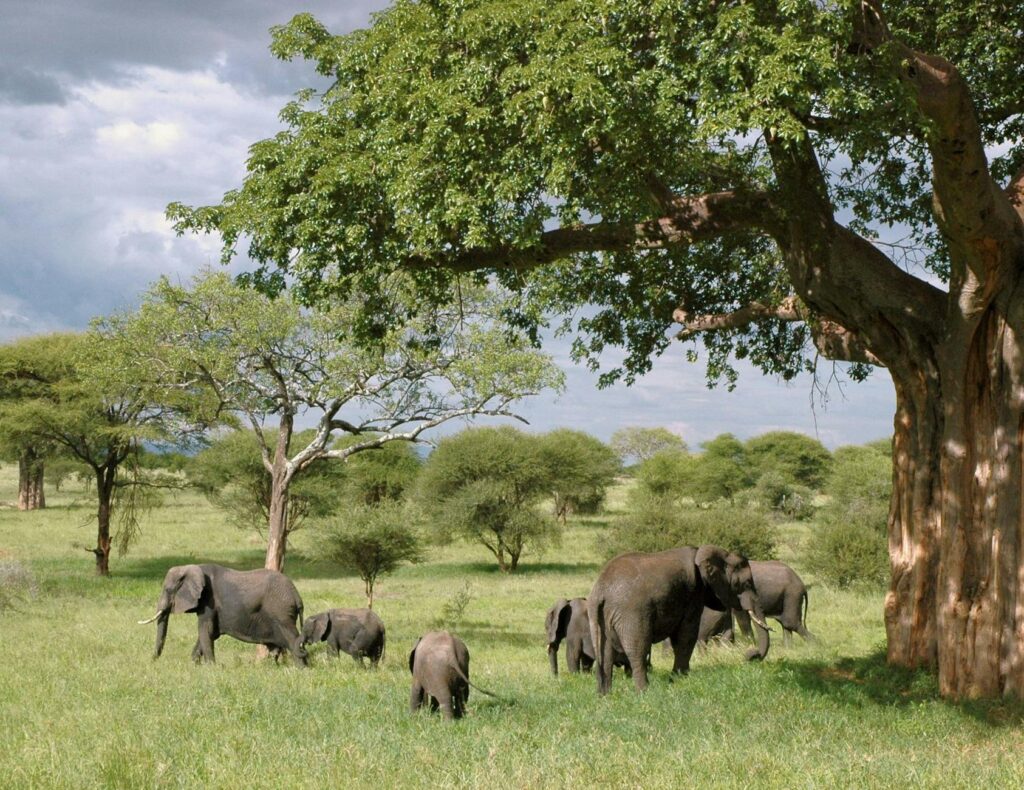
Environmental degradation in fragile areas
Fragile ecosystems are suffering from careless tourism. Secluded beaches once full of marine life now struggle with crowds, trash, and disruption.
Too many visitors in protected areas lead to erosion, habitat damage, and species displacement. Coral reefs face bleaching from sunscreen chemicals and careless diving. Without action, these natural wonders could be lost.
Cultural commodification risks
When tourism values profit over authenticity, cultures can turn into shallow displays. Imagine visiting an “ancient” market and finding only plastic souvenirs and staged performances. That’s not preserving culture; it’s a tourist trap.
Traditions may be shortened or changed, losing their true meaning. Unique crafts can become mass-produced to meet demand, exploiting culture for profit.
Support genuine, community-driven experiences. Spend your money on local artisans and help keep real traditions alive.
Strain on local resources
Small communities often struggle with the demand for resources during heavy tourism. A small village might suddenly need double the water, electricity, and services during peak season, leaving locals competing with visitors.
Unregulated tourism can drain water for luxury hotels while residents face shortages. Air conditioning in vacation rentals can cause power outages for locals. Trash piles up faster than small towns can handle.
Sustainable tourism means investing in local infrastructure and sharing resources fairly. Choose eco-friendly places to stay or visit destinations addressing overtourism.
Examples of successful sustainable tourism initiatives
Sustainable tourism shows how travel can benefit small communities. It boosts local economies and protects natural and cultural areas. Here are a few inspiring examples of community-led efforts making travel more meaningful.
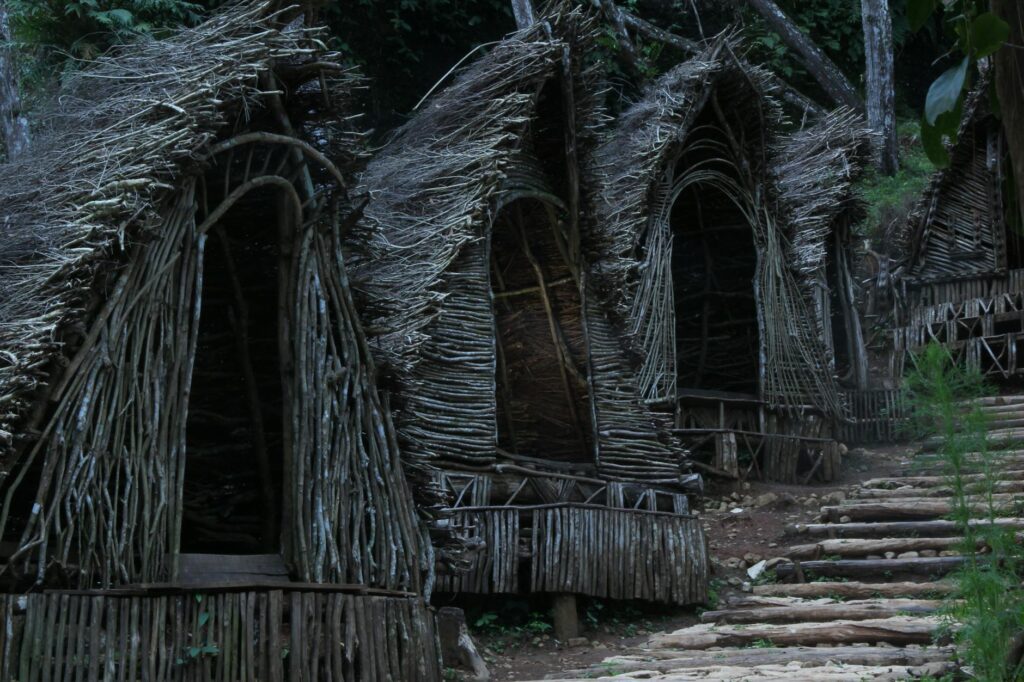
Community-led eco-lodges and homestays
Stay in a guesthouse where your money directly supports the local community. These eco-lodges and homestays are run by locals, keeping profits close to home.
For example:
- In rural regions of Nepal, community-run teahouses provide trekkers with warm beds and meals while funding local schools and infrastructure.
- In Costa Rica, small villages near national parks offer eco-lodges that combine environmental education with hospitality. The result? Job creation and funding for nature preservation.
These setups boost the economy and connect travelers with locals, creating meaningful moments and genuine experiences. A homestay feels like joining a family, not just visiting.
Cultural festivals celebrating heritage
Small communities around the globe are bringing their stories and traditions to life through vibrant cultural festivals. These events not only attract visitors but also ensure the preservation of unique heritage.
Let’s take some examples:
- The Pushkar Camel Fair in India gathers locals and international travelers to celebrate an age-old trade tradition, complete with cultural events and folk music.
- In Ireland, small-town storytelling festivals allow locals to share their history and folklore, creating an immersive cultural experience for guests.
Festivals like these give locals a chance to share their skills and traditions. They also boost pride and support their heritage. It’s inspiring to see age-old customs thrive today when keeping cultural identity matters so much.
Nature conservation programs
Some small communities are using sustainable tourism to protect biodiversity and ecosystems. They focus on conservation instead of short-term profits, funding their efforts through responsible travel.
Here’s how some are making a difference:
- In Belize, visitor fees from ecotourism programs directly fund marine sanctuaries and coral reef conservation.
- Communities in Kenya operate wildlife conservancies, integrating safaris with efforts to protect endangered species like rhinos and lions.
These programs boost tourism and protect the environment. Local communities combine traditional knowledge with modern practices. Travelers can help preserve these special places for future generations.
How travelers, operators, and leaders can support sustainable tourism
Sustainable tourism works best when everyone pitches in—travelers, businesses, and locals. In small communities, this teamwork protects nature, supports the economy, and keeps culture alive.
Travelers: simple steps toward responsible tourism
As travelers, our choices ripple through the small communities we visit. A little extra thought in planning can mean the difference between exploiting a destination and helping it flourish. The good news? It’s not rocket science.
- Support local businesses: Choose small eateries and markets over big franchises. Handmade souvenirs and home-cooked meals benefit locals directly.
- Follow local rules: Respect cultural and environmental guidelines. This helps preserve these places for future generations.
- Select eco-friendly tours: Pick operators that focus on low-impact activities, like wildlife safaris with no-feeding policies or walking tours instead of vehicles.
Think of it this way: every dollar you spend is a vote for the kind of world you want to encourage. Small steps can together lead to big changes, especially in small communities.
Tour operators: creating honest, sustainable experiences
Tour operators are the bridge between tourists and destinations, and they have a huge hand in steering tourism toward sustainability. Whether they’re big agencies or small local guides, operators can set the tone for responsible travel.
- Work with locals: Team up with community members for activities and stays. This keeps benefits local.
- Follow eco-standards: Choose operators with recognized green certifications. They promise less environmental harm.
- Be transparent: Share where fees go and limit group sizes. Transparency builds trust.
When operators focus on sustainability, they’re not just selling tours—they’re creating an ecosystem where nature, culture, and communities all coexist harmoniously.
Community leaders: building ownership and involvement
Community leaders in small destinations play a vital role in balancing development with preservation. Their policies and actions can strengthen tourism’s positive impact while guarding against pitfalls like overtourism.
- Encourage local participation: Engage residents in decision-making through town halls and tourism boards to shape their community’s future.
- Enact pro-sustainability policies: Limit single-use plastics and regulate construction to protect the environment.
- Access funding for green initiatives: Seek grants or partner with NGOs for projects like solar panels or maintaining natural reserves.
Done right, community-based tourism helps residents feel pride and ownership over their land and culture. Leadership matters here—it can turn tourism from a burden into a transformative opportunity.
Wrapping up
Sustainable tourism in small communities is essential for preserving culture and supporting local economies. It helps protect the environment and ensures these places can thrive while maintaining their unique character and natural resources.
Every choice counts, from staying in local lodgings to picking eco-friendly tours. Travelers and leaders can shape a future where responsible travel helps communities thrive.
Next steps:
- Choose local accommodations.
- Support community-led tours.
- Minimize waste while traveling.
- Respect local customs and traditions.
- Spread the word about sustainable travel.
Thoughtful choices help us build stronger community connections. This benefits everyone and keeps these beautiful places for future generations.
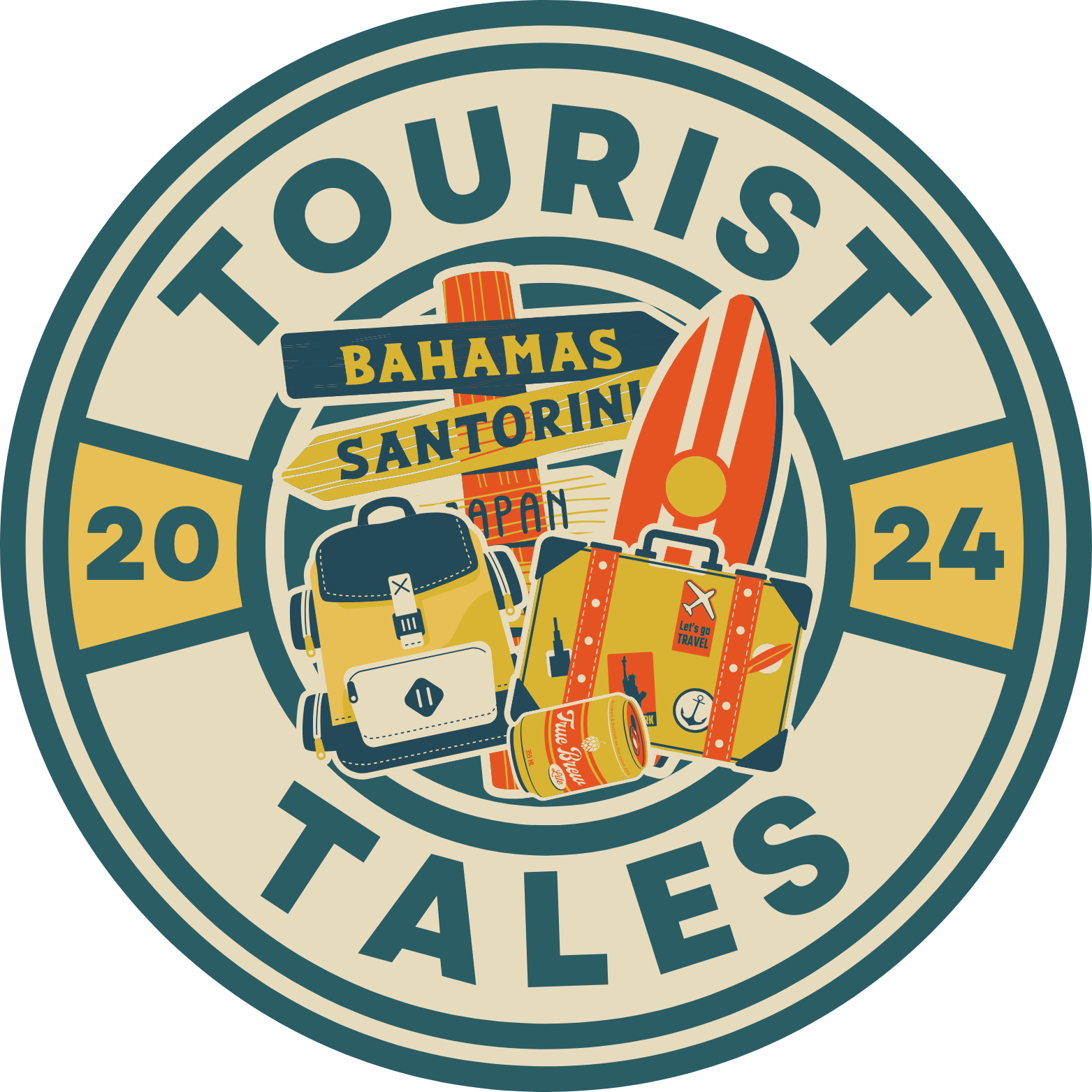

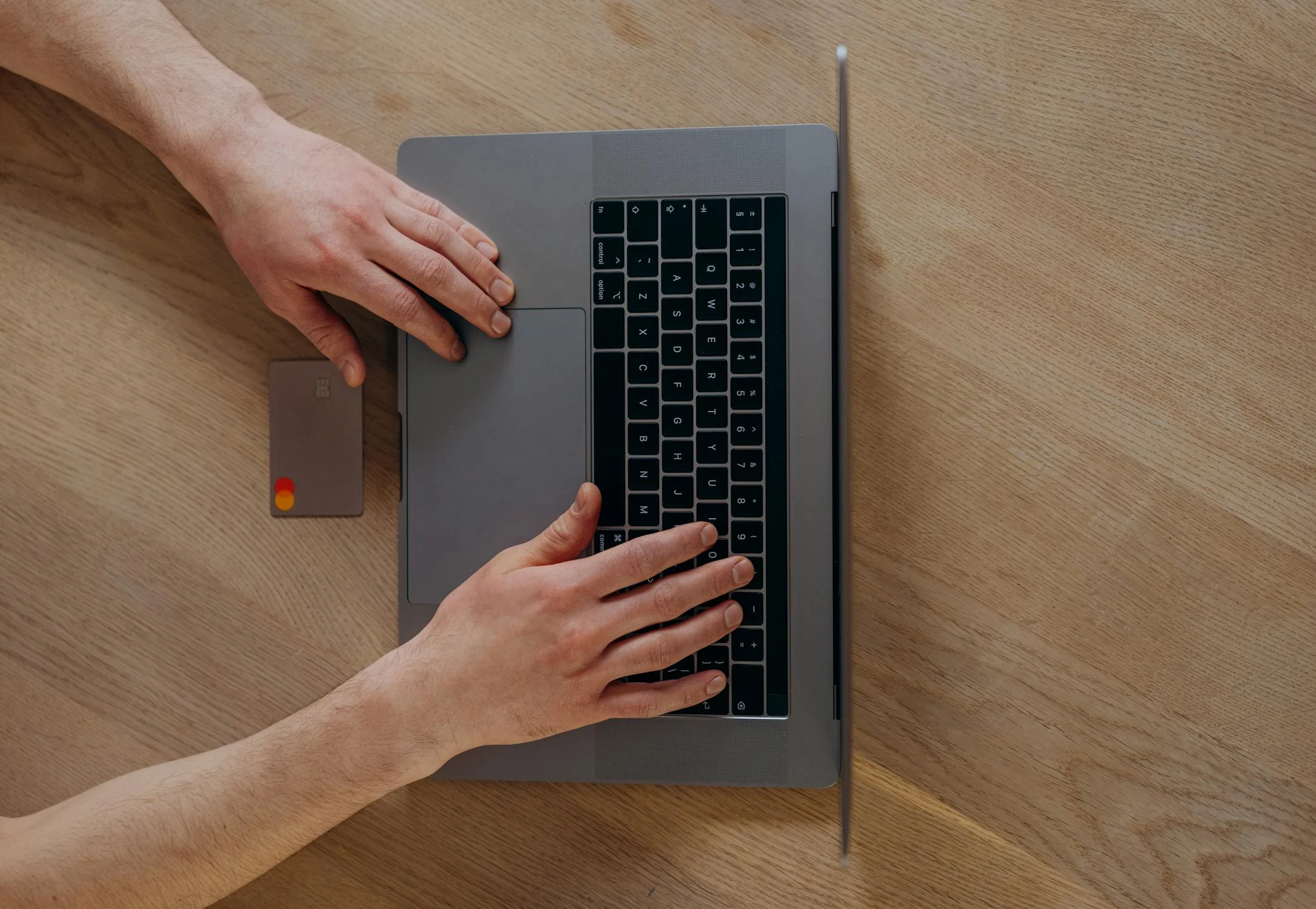



12 Responses
Loved the focus on sustainable tourism in small communities, especially the bit about supporting local economies. It’s high time we all start traveling more responsibly. Great insights, TouristTales!
Really eye-opening piece on the impacts of tourism. Those examples of eco-lodges and nature conservation programs got me excited. Anyone knows more places like these? Would love to check them out.
how can we be sure tourists will actually follow these sustainable practices though?
The section on cultural preservation caught my attention. It’s crucial that tourism doesn’t dilute the very heritage it seeks to celebrate. How can small communities maintain this balance effectively?
This article made me ponder my own travel habits and the impact they have on small communities. It’s a good reminder that every choice we make as tourists contributes to the larger global narrative.
Totally get where you’re coming from, SarahBea. It’s about being mindful travelers.
Yes! Every small action contributes to a larger change. We can all play a part.
In teaching geography, we often discuss the impact of human activity on the planet, and tourism is a significant part of that conversation. It’s important to see examples of how communities are fighting the tide of negative impacts through sustainable practices. This article does a good job highlighting those efforts and can serve as a great educational tool.
just thinking about being responsible on my vacay makes me wanna take another nap haha but seriously, good points all around
Cultural festivals sound like a vibe. It’s great seeing communities showcase their heritage while being mindful of sustainability.
While the initiatives sound great on paper, the real test is in their execution. Too often we’ve seen ‘sustainable’ projects fail to live up to the hype. What’s different here?
Do you have any stats or numbers to back up the benefits of sustainable tourism mentioned? Interested in seeing the tangible impact.